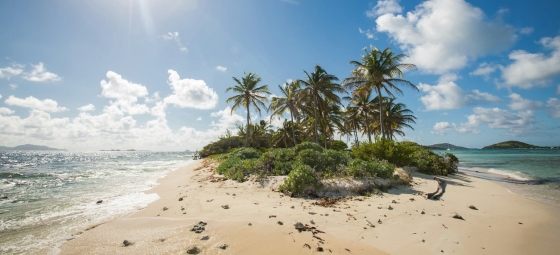El Nido Weather and Climate: A Comprehensive Guide
The weather in El Nido is generally dry, hot, and sunny from September or October through to the 1st or 2nd week of June. It starts to get rainy (daily showers) from June through September or October.
The Philippine Islands are under the influence of two monsoons. The SouthWest Monsoon is what is usually called the monsoon (or rainy) season. The SouthWest Monsoon usually starts sometime in June, though it has sometimes not started until July. When this happens there is usually a water shortage in Manila and everything looks brownish instead of green. The wettest months are June, July and August. Even in rainy months there are dry days and even on a rainy day it does not rain all day long.
The average maximum temperature is always aound 30°C.
Average maximum day and minimum night temperature
With minimal seasonal shifts, El Nido experiences a constant climate year-round. Typically, average maximum daytime temperatures range from a very warm 31°C in April to a comfortable 30°C in the coolest month, February.
Nights are cooler, with lows often dropping to around 26°C during the colder months. Check out our detailed temperature page for more information.Temperature ranges by month
Precipitation and rainy days
El Nido has a notably wet climate with abundant precipitation, recording 2487 mm of rainfall per year. The climate in El Nido shows significant variation throughout the year. Expect heavy rainfall in July, with an average of 386 mm of precipitation over 21 rainy days. In contrast, February offers drier and sunnier days, with around 49 mm of rainfall over a single rainy day. For more details, please visit our El Nido Precipitation page.The mean monthly precipitation over the year, including rain, hail and snow
broken clouds and thunder broken clouds and thunder broken clouds and thunderForecast for El Nido
Select a Month of Interest
Check the conditions for any month of the year.
The best time of year to visit El Nido in Philippines
El Nido has high temperatures year round ranging between 29°C and 31°C.Other facts from our historical weather data:
April has an average maximum temperature of 31°C and is the hottest month of the year.
The coolest month is February with an average maximum temperature of 30°C.
July tops the wettest month list with 386 mm of rainfall.
February is the driest month with 49 mm of precipitation.
No idea where to travel to this year? We have a tool that recommends destinations based on your ideal conditions. Find out where to go with our weather planner.




